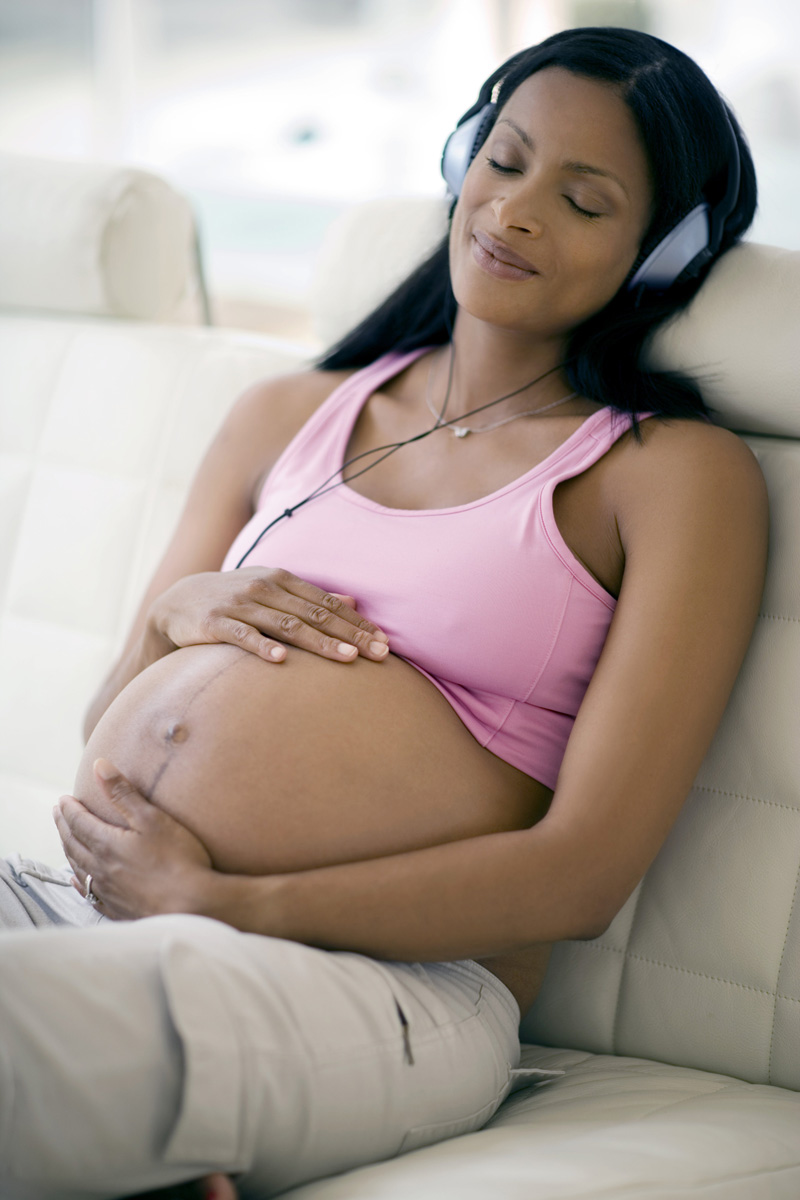Historically, researchers studied habituation to determine whether the fetus could learn. Habituation is a decrease in response to a stimulus after multiple presentations. For example, in 1925, a German researcher honked a car horn repeatedly and observed that the fetus jumped less and less with more and more repetitions.6 The earliest habituation responses have been demonstrated at 22-23 weeks gestation and seem to occur earlier in females than in males.7 In another real-world example of fetal habituation, researchers studied mothers who moved to the Osaka airport neighborhood before the last four months of their pregnancy and found that their babies did not wake up or show significant changes in brain activity as measured by an electroencephalogram (EEG ) when the researcher played a recorded aircraft noise at 80dB. In contrast, these babies woke up when they heard an unfamiliar music sequence at the same volume – 80dB.8 Also, babies with more prenatal exposure to airplane noise slept better than babies whose mothers had only lived in the area near the airport for a short time.9











